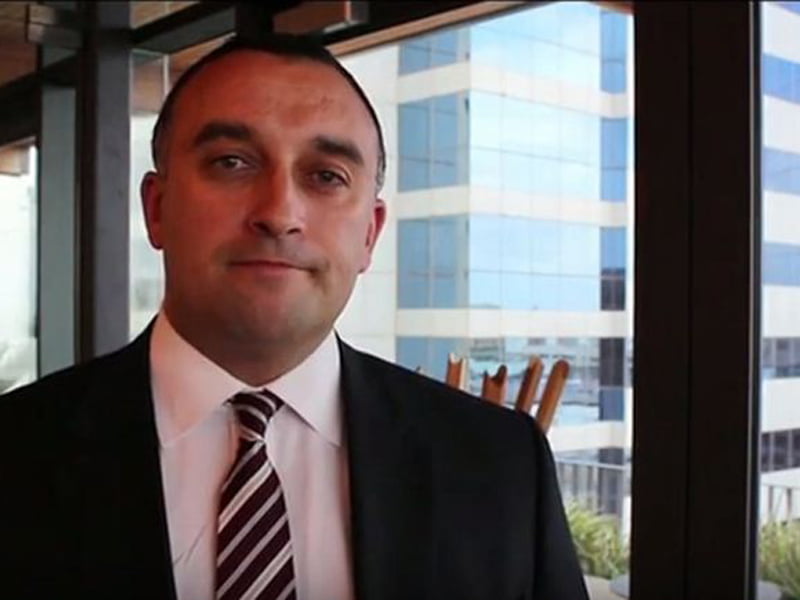Australia’s venture capital pool has likely doubled for FY2017 as the proportion of VC bound money coming from the country’s super funds ramps up.
Last year Australia’s VC sector hit a record $568 million, with $120 million coming from super fund investors.
This year venture funds raised will probably blast through the one billion dollar mark.

“I think on current indications for the 2017 financial year we are expecting to see another record year of venture fund raising in Australia. It would be reasonable to expect that total fund raising for FY 2017 would either be very close to or exceeding the one billion dollar mark,” AVCAL Chief Executive Yasser El-Ansary says.
He also believes the super fund component of the FY2017 venture funds raised will be proportionately more than in 2016.
“It could be the case that super funds account for more than 20 percent of the total of new capital raised,” says Mr El-Ansary
“There’s an indication now that Australian superannuation funds are committed to allocating significant amounts into early stage investment. That’s a really positive sign compared to 2013 or earlier when there wasn’t any meaningful super fund capital,” says Mr El-Ansary.
While pleasing, the growth in local VC is not enough.
Even after doubling over twelve months it will be several years before the VC pool reaches equilibrium, says Mr El-Ansary, where the amount of money on offer matches the deal pipeline of investable companies and projects.
Last year’s record $568 million still has Australia lagging key measures. For FY 2016, Australia’s VC sector was less than half that of the OECD + average.
Australian VC investment in FY2016 was just 0.023 per cent of the country’s GDP compared to the OECD+ average of 0.049 per cent.
It also pales compared to the US where venture fundraising was US$41.6 billion in 2016 which means the US has 7.3 times more venture funding per capita than Australia.
AVCAL, the Australian Private Equity and Venture Capital Association, will today release a report titled ‘The Venture Capital Effect’ which has a long look at the local VC sector.
The report will be launched by Industry Minister Arthur Sinodinos and Opposition innovation spokesman Ed Husic at a meeting of the Parliamentary Friends of Innovation and Enterprise in Canberra.
Mr El-Ansary believes super funds need to be encouraged to push more into long term innovation investment, and that there has been too much of a focus on super funds needing to push down their fees.
Given there’s more time and effort for a super fund to do due diligence and risk assessment on early stage investments there should be room for the funds to defray that cost in higher fees, says Mr El-Ansary.
“We need to be mindful of the fees that are charged to mums and dads participating in the super fund ecosystem, but we also have to get the balance right so we encourage the super funds to invest in long term assets, even if those assets cost more to manage
“Typically asset classes like private equity and venture capital do have slightly higher fee base compared to passive, more hands-off asset classes like listed equities or fixed income,” he says.
“But what matters in the end is that the after fee returns are strong. We haven’t devoted enough effort here at the policy and regulatory level to unpack and get this right. Other jurisdictions have done this well, like Canada, the UK, the US and Europe.
“They understand better than we do at the moment the relationship between managing costs, so they are not unreasonable for the work being done and on the side of the ledger that we are incentivising those long term investors to generate the best after fee returns for their members
“We’ve missed that here in Australia for the past decade.”
While super funds could plough more than $250 million into VC activity in FY2017, that’s a very small drop in the bucket of Australia’s total for superannuation assets which was a record $2.3 trillion at the end of the March 2017 quarter, according to the Association of Superannuation Funds of Australia.
In an article in the AVCAL report by Blackbird Ventures co-founder Rick Baker, he makes the case that the local VC market remains undersized, despite the recent record amounts raised.
“In my view, the great Australian startups are growing faster than we can raise venture capital to support them,” Mr Baker writes.
Successful local companies are requiring more and more VC money to scale up, such as the $22 million Blackbird’s pumped into local graphic design software outfit Canva over the last two rounds.
Mr Baker writes that US VCs have traditionally done the later stage funding for promising local firms, but that more super fund participation could and should bump up local wealth generation.
“We want more of this wealth generation to be captured by Australians, hopefully via their superannuation funds,” he writes in the AVCAL report.
He also says too greater proportion of local VC funding goes to offshore companies.
“From what I know of the largest funds’ strategies, most will look to allocate 20 per cent of their capital overseas, leaving less to be pointed at the Aussie startup ecosystem,” Mr Baker writes.
Do you know more? Contact James Riley via Email.

